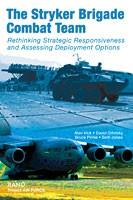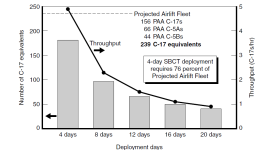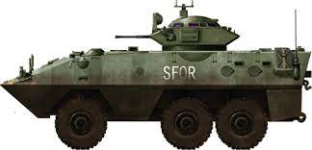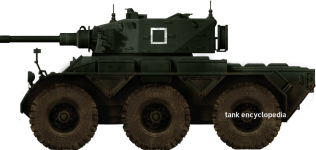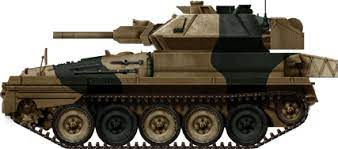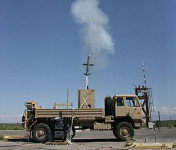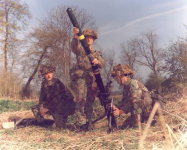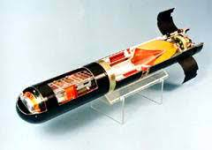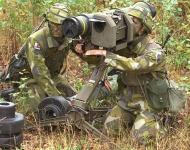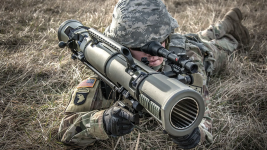Perhaps try to stay to one topic at a time.
It’s getting exceedingly hard to follow your points as they seems to jump around all over.
I try, but in my mind too many things are connected to be able to look at things in isolation.
Sometimes the tail does wag the dog.
I would want 1 well experienced leader, and 2 somewhat experienced A/TL’s.
Potentially, I’d suggest 4 more units, instead of 16, as you don’t want to totally dilute the experience, and it also gives a backup if the TL is killed or otherwise incapable of leading.
To me that sort of thinking needs to be part of any larger mobilization strategy.
How much equipment and time do you have.
All of which is reasonably covered by "It depends." And that, in my confused mind, is a legitimate response.
Am I considering too wide an envelope of possibilities? Or not seeing what you are seeing?
Going back to your 10 to 12 US Divisions, excluding a 2-ish from the USMC,
By my reckoning 12 Div HQs with 29 BCTs of various types among them, 1 BCT being independent, 2nd Inf Div having no troops of its own, 5 Divs only having 2 BCTs and only 6 having 3 BCTs,
11 of the 29 BCTs are Heavy-Combined Arms
18 of the 29 BCTs are Infantry in various transport (6 Leg, 5 Abn, 3 Helo, 4 Motorized (Stryker).
Those are organized under 4 Corps.
And considering a prolonged Ukraine scenario, say an Iraq or Afghanistan commitment but at current Ukrainian tempo, is it beyond reason to suppose that some portion of the force would have to be securing the rear, holding trenches, patrolling and screening large areas, while, at the same time, holding a mobile reserve force - probably heliborne, and a heavy striking force?
Which piece goes where? And how long can they keep it up?
Going off on a tangent that I accuse you of, part of my like of the Brigade Group concept for Canada is that it could allow for that Brigade to become a Div upon a mobilization— because it at least has the bones of the concept.
See! Everything is connected.

I'm not 100% sure that we understand each other here, but I will declare "Sokath, his eyes uncovered."
Fair 'nuff.
There is too much in your post to unpack, but I will try to hit the theme as I assess it to be.
My apologies.
We plan down two and task down one. So as a battalion commander we visualize the operation in terms of platoons. How many platoons will it take to achieve a given task? Do we have the right combat power in our groupings to achieve the tasks we have given them? We game it out and make adjustments. I might assume that a company commander might do his attack as a right flank, but I will only tell him to do it that way if the rest of the plan would be unhinged by his choice (restraints and constraints).
So we've thought through the battle in terms of platoons but we task companies and then let them get on with it. The same principle applies as we go up: brigades plan down to companies in the wargame but task battalions in the order.
To try to answer your question, maybe my analysis is that a given task requires four platoons of combat power, but there is only room for those four. Rather than have two companies converge on that task I might detach a platoon from one company and attach it to the other for that task (or the whole operation if I don't want regroupings on the fly). If there is plenty of uncertainty then we have a larger reserve where I have already pulled a platoon from an OC to have it ready to reinforce one of them.
Those OCs are in Command, though, of their entities during the battle. They are not assistants. An Ops O is an assistant. When I was a Chief of Staff of a Brigade I was an "assistant", there to help my Comd exercise command and (mostly) control. But an OC is in command and we have that because our battles are fought by real people on behalf of national authority. And real people need motivation from time to time.
I guess my view is that the person in charge sets the Intent and the Course of Action. Everybody else is assisting in the effort to achieve that Intent, subject to the restraints and constraints established by the Commander. In that sense I see all subordinate commanders as assistants.
Notwithstanding that their troops are their troops and directed and controlled under that person's orders.
Stepping back further, my fundamental position, was how to manage the flood of information available in the field today.
My contention is that the best place for that information to be managed is at the lowest level.
Commanders, at all levels, might be better served to focus on the results of their subordinates decisions and their performance rather than worrying about whether or not the subordinate is making the right decision in the instant. This isn't just a military thing. I hold the same view of life in the civilian world.
If the Commander/Manager starts trying to win every contact does he/she have that kind of bandwidth to operate effectively? If he doesn't trust his people in the field and feels the need to have a supervisor in his HQ to manage that person in the field does he need both people? Or should the supervisor replace the man in the field in the field?
This isn't really about Light Forces. My sense of Ukraine is that I am seeing Light, Medium and Heavy forces, Airborne and Leg, Cavalry and Infantry, conducting Dispersed Operations. Heavy forces are being penny-packeted forwards in groups of 3 or 4 vehicles, or 10 to 15 vehicles to deal with objectives that a kilometers from the next contact. Mutual Support doesn't seem to be very likely. That Troop/Platoon Leader is going to have to be very self-reliant and prepared for a variety of possibilities.
Seems to me, anyway.


